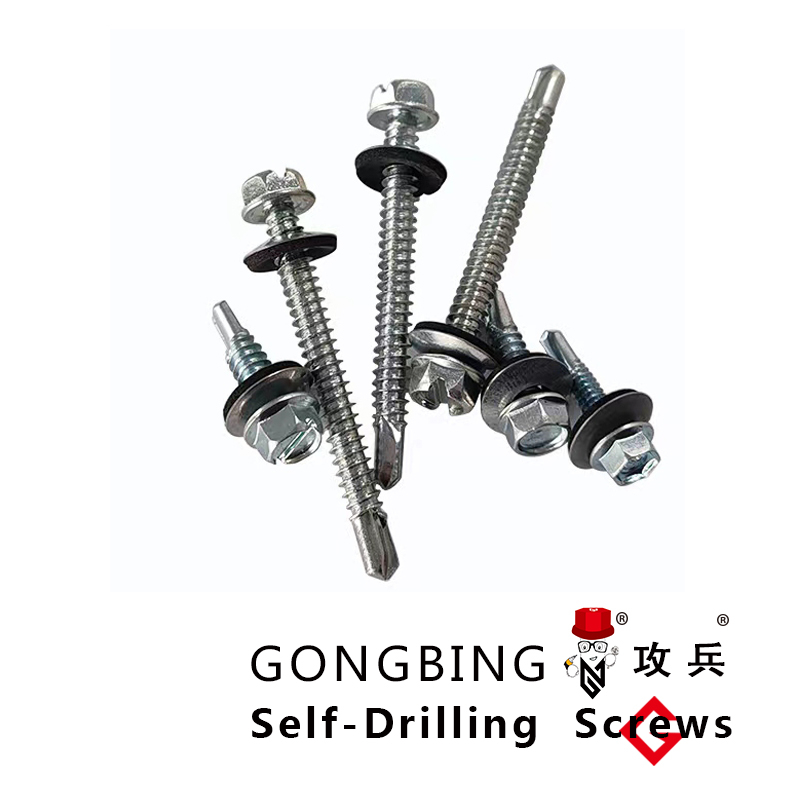bracing steel
Understanding Bracing Steel A Critical Component in Structural Engineering
In the realm of structural engineering, bracing plays a pivotal role in ensuring the stability and integrity of buildings and other infrastructures. Among the various materials used for bracing, steel stands out due to its superior strength, durability, and versatility. This article explores the importance of bracing steel, its applications, benefits, and considerations in modern construction.
1. What is Bracing Steel?
Bracing steel is a structural component typically used to reinforce buildings against lateral forces, such as wind load and seismic activity. By providing additional support, bracing helps maintain a structure's shape and stability. Generally, bracing systems are composed of steel elements, which can be arranged in various configurations, including diagonal braces, moment-resisting frames, or shear walls. The choice of bracing design often depends on the specific requirements of the structure and the environmental conditions it faces.
2. Applications of Bracing Steel
Bracing steel is widely used across different types of structures, including residential buildings, commercial complexes, bridges, and industrial facilities. Some common applications include
- High-rise Buildings In skyscrapers, bracing systems are crucial for resisting the high lateral forces generated by wind and earthquakes. Steel bracing helps distribute these forces effectively, ensuring the building remains stable and safe.
- Industrial Structures Factories and warehouses often require robust bracing systems to support heavy machinery and storage loads. Steel bracing provides the necessary strength while allowing for open interior spaces.
- Bridges Steel bracing is essential for maintaining the integrity of bridges, especially those designed to span long distances or support heavy traffic. The bracing helps prevent deformation and failure under load.
The choice of steel as a bracing material comes with several advantages
bracing steel

- Strength and Durability Steel possesses a high strength-to-weight ratio, enabling it to withstand significant loads while remaining relatively light. Its durability ensures a long lifespan, reducing maintenance costs and issues related to material degradation.
- Versatility Steel can be manufactured and shaped into a variety of forms, allowing for innovative design solutions tailored to the specific needs of a project. This adaptability makes it a favored choice for engineers and architects.
- Rapid Construction Steel components can be prefabricated off-site and quickly assembled on-site, resulting in shorter construction timelines. This efficiency can lead to significant cost savings in projects.
- Sustainability Modern steel production involves recycling scrap metal, reducing the environmental impact of sourcing raw materials. Moreover, steel structures can be disassembled and reused, contributing to sustainable building practices.
4. Considerations in Using Bracing Steel
While bracing steel offers many benefits, there are critical considerations to keep in mind
- Corrosion Resistance Steel is susceptible to corrosion, particularly in environments with high humidity or exposure to water. To mitigate this risk, protective coatings or galvanization are often applied to extend the material's lifespan.
- Design Complexity The design of bracing systems requires careful consideration of various factors, including load calculations, material strengths, and construction methods. It is essential to work with experienced structural engineers to ensure optimal performance.
- Cost Factors While steel can be more expensive than other materials upfront, its long-term benefits often outweigh the initial investment. However, project budgets should account for potential fluctuations in steel prices and construction costs.
Conclusion
Bracing steel is an integral component of modern structural engineering, providing essential support and stability to buildings and infrastructures. Its strength, durability, and versatility have made it a preferred material in construction across a range of applications. As the industry continues to evolve, innovations in steel production and design will likely enhance the performance and sustainability of bracing systems. By understanding the importance of bracing steel and its various applications, engineers and architects can create safer, more resilient structures that stand the test of time. In an era where environmental considerations are ever more critical, the role of bracing steel in achieving robust and sustainable construction cannot be overstated.
-
Weatherproof Plastic Expansion Anchors for OutdoorNewsJun.06,2025
-
Sustainability in the Supply Chain: Eco-Friendly TEK Screws ProductionNewsJun.06,2025
-
Load-Bearing Capacity of External Insulation FixingsNewsJun.06,2025
-
Double Head Bolts: Enhancing Efficiency in Industrial MachineryNewsJun.06,2025
-
Corrosion Resistance in Chipboard Screws: Coatings for Wholesale DurabilityNewsJun.06,2025
-
Butterfly Toggle Bolts : Enhancing Structural ResilienceNewsJun.06,2025
